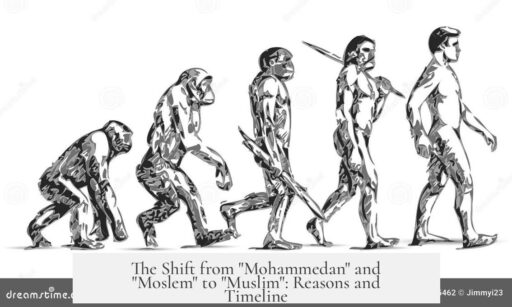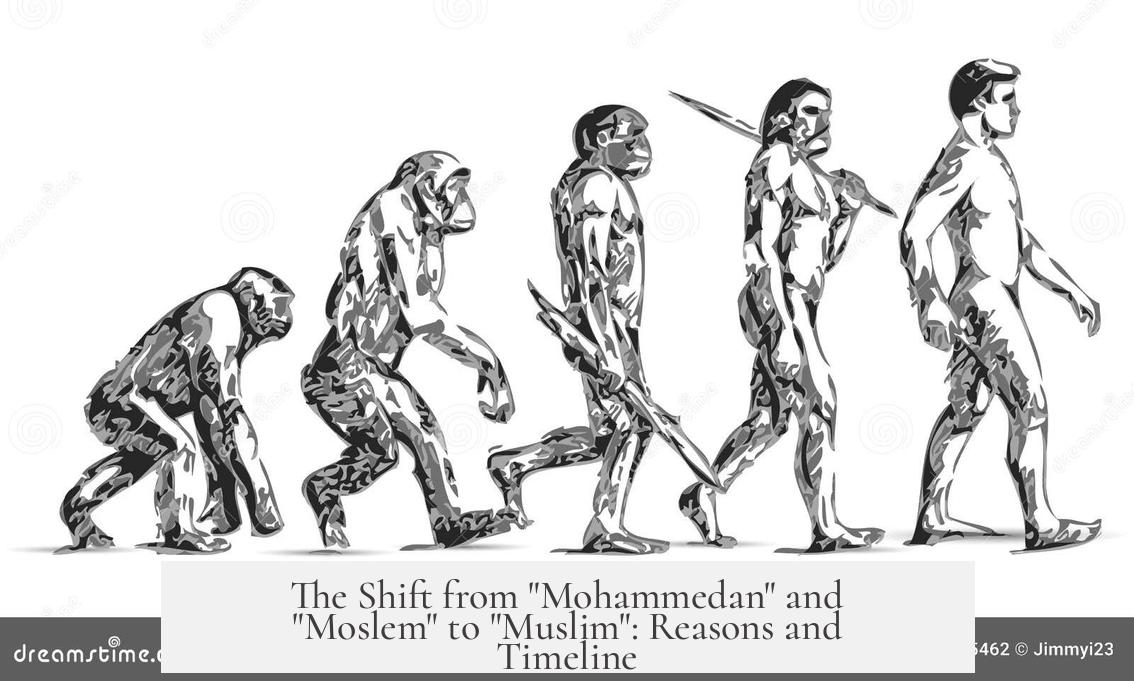The English spelling “Muslim” replaced “Moslem” and “Mohammedan” gradually over the 19th and 20th centuries as linguistic understanding improved and as sensitivity to accurate self-identification by followers of Islam increased. This shift reflects a move toward more precise transliteration from Arabic and away from externally imposed and inaccurate terms.
Arabic-to-English transliteration presents challenges due to differences in sounds and script systems. Arabic phonemes and vowels often lack direct English equivalents, leading to at least ten possible transliteration methods. This diversity explains why different spellings like “Muslim,” “Moslem,” and “Mohammedan” coexisted for a long time.
The term “Mohammedan” arose from European attempts to classify Muslims as followers of the Prophet Muhammad. This designation appeared in historic texts such as Benjamin Franklin’s autobiography and the 1797 Treaty of Tripoli, often spelled as “Mahometan.” However, “Mohammedan” inaccurately suggests Muslims worship the Prophet rather than Allah, which contradicts Islamic teachings. For this reason, the term has largely fallen out of favor.
In contrast, “Muslim” is a direct transliteration of the Arabic word “مسلم” (Muslim), meaning one who submits (to God). It represents the term followers of Islam use to describe themselves. This self-identified label carries greater authenticity and respect.
The timeline of usage shows a gradual transition rather than an abrupt change. Between the early 19th century and 1850, “Mahometan” was frequently used. Around 1850 to 1940, “Moslem” became the dominant English spelling, favored in many books and publications. From roughly 1940 onward, “Muslim” grew in frequency and eventually surpassed “Moslem,” reflecting evolving knowledge, increased respect for Muslim self-identification, and improved linguistic standards.
Even today, “Moslem” occasionally appears in English texts but is declining in use, and its spelling is increasingly regarded as outdated. “Mohammedan” is largely considered incorrect and misleading. Modern style guides, journalistic standards, and academic disciplines prefer “Muslim” to ensure accuracy.
These transliteration shifts occur within a broader pattern of inconsistent Arabic-to-English name spellings. For example, the Libyan leader Muammar Gaddafi’s name appeared with multiple spellings—Qaddafi, Kaddafi—and Osama bin Laden’s name was rendered as both “Osama” and “Usama.” This inconsistency highlights language challenges, contextual preferences, and editorial choices in romanizing Arabic words.
| Term | Origin | Approximate Peak Usage | Reason for Decline |
|---|---|---|---|
| Mahometan / Mohammedan | European label meaning “followers of Muhammad” | Pre-1850 | Misleading theological implication; inaccurate usage |
| Moslem | Transliteration variant of Arabic term | 1850–1940 | Bias toward direct Arabic transliteration; sound accuracy |
| Muslim | Direct transliteration; follower’s self-identification | Post-1940 to present | Greater linguistic accuracy and cultural respect |
Usage trends can be traced through digitized book archives, such as Google’s Ngram Viewer, which show “Moslem” overtaking “Mahometan” by the mid-19th century and “Muslim” becoming dominant only in the mid-20th century. These shifts reflect evolving cultural awareness, improved scholarship, and attention to respectful language.
The continuing preference for “Muslim” ensures terminology aligns with how adherents see themselves. It also supports accuracy by eliminating misleading connotations associated with worship practices and religious identity.
In a broader linguistic context, multiple transliteration difficulties illustrate why English spellings of Arabic names and words vary. Differences in dialects, phonetics, and editorial standards contribute to inconsistent English forms. Over time, communities and institutions have encouraged standardization based on authentic source language forms and cultural sensitivity.
To summarize key points:
- “Muslim” replaced “Moslem” and “Mohammedan” gradually from the 19th to 20th century.
- “Muslim” reflects an accurate transliteration and respectful self-identification.
- “Mohammedan” originated as a European descriptor, now disfavored for theological inaccuracy.
- “Moslem” remains occasional but is declining in use.
- Transliteration inconsistencies arise from linguistic differences and variable editorial standards.
When and Why Did the English Spelling “Muslim” Replace “Moslem” and “Mohammedan”?
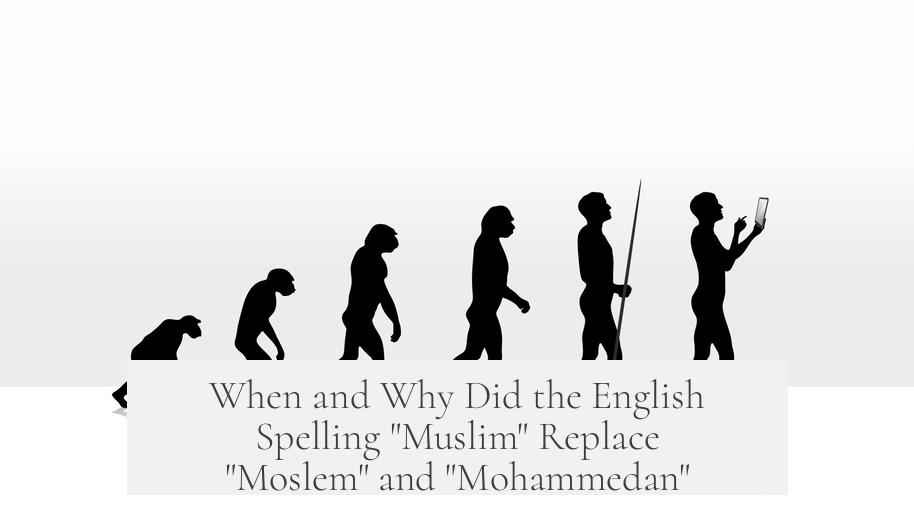
The short answer: English shifted from “Mohammedan” and “Moslem” to “Muslim” gradually, mainly because “Muslim” accurately reflects how followers describe themselves, while the older terms were European inventions with inaccuracies and misconceptions.
Now that we’ve got the quick fix out of the way, let’s dive deep. The journey from “Mohammedan” and “Moslem” to the now-standard “Muslim” isn’t some overnight newsflash — think of it more like a slow cultural dance evolving over centuries.
Transliteration: Why is there More than One Way to Spell It?
First, there’s the tricky business of transliteration. Arabic and English belong to completely different language families. You know how you try to fit your favorite round pizza slice into a square box? That’s kind of what happens with Arabic vowels and consonants when forced into Latin letters.
As a result, there are roughly ten ways to transliterate Arabic into English. This is why you see names like Qaddafi, Kaddafi, or Usama vs Osama floating around in print and media. So, it’s no surprise that “Muslim” ended up with older siblings such as “Moslem” and “Mohammedan.”
“Mohammedan” – An Outdated European Label
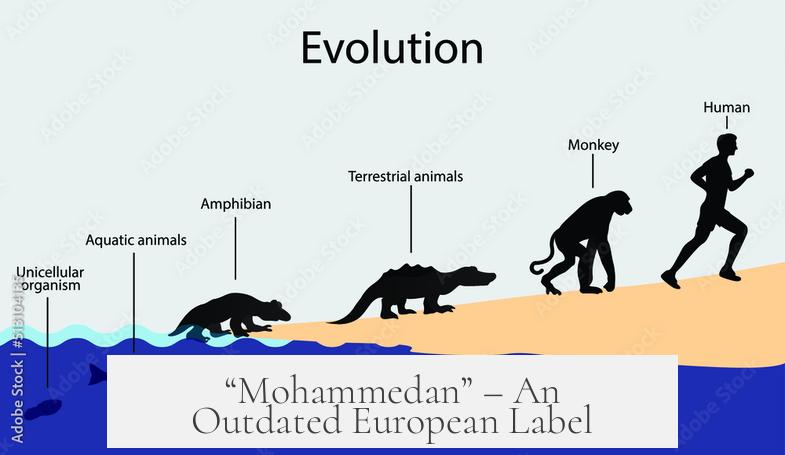
Let’s clear the air about “Mohammedan.” Europeans coined this word centuries ago, imagining Muslims as “followers of Mohammed.” This sounds polite enough but gets the core idea all wrong. Muslims don’t worship Muhammad; they worship Allah.
The term even appears historically—in places like Ben Franklin’s autobiography and the 1797 Treaty of Tripoli (where it’s also spelled as “Mahometan”). But the name stuck around largely due to European perspectives rather than Muslim self-identification.
This misconception gave rise to criticism and caused “Mohammedan” to fade away by the mid-19th century.
“Moslem” vs. “Muslim” – The Gradual Shift
The next sibling on the block was “Moslem,” which came into prominence after “Mahometan” faded. Around 1850, “Moslem” outpaced “Mahometan” in English literature usage. It lingered along as the popular choice for nearly a century.
However, “Moslem” itself suffered from inaccurate vowel transcription. It didn’t quite capture the sound and spirit of the original Arabic مُسْلِم (Muslim), meaning “one who submits (to God).”
The 20th century brought change. According to Google’s data on book usage, “Muslim” overtook “Moslem” around 1940—no fanfare or revolution, but a quiet turn toward better representation.
Why “Muslim” Wins Today
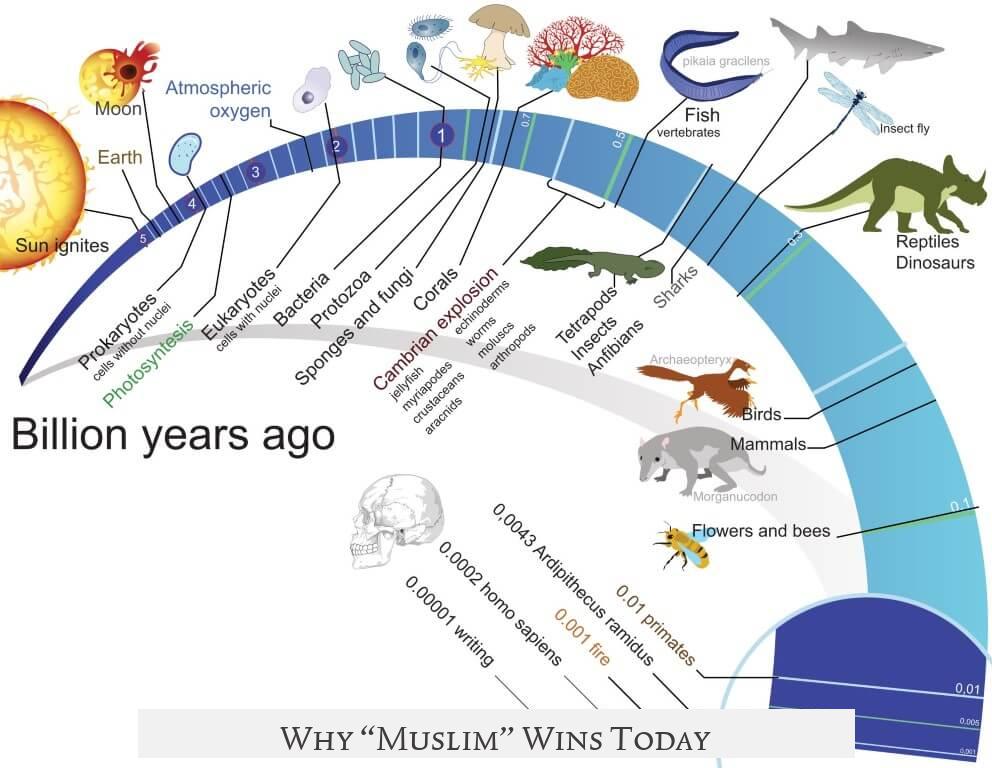
So why did “Muslim” rise to primacy? Because it’s how the people themselves identify. “Muslim” is the accurate transliteration of the Arabic word they use internally and externally. It respects their linguistic and cultural identity.
Meanwhile, “Moslem” persists occasionally but is on its way out, often seen in older texts or less careful modern usage. “Mohammedan,” on the other hand, has become mostly obsolete because it erroneously implies that Muslims worship Muhammad, which is false and even offensive to many.
Examples That Highlight the Messy World of Transliterations
Check out some famous names from recent history. The late Libyan leader’s name appears variously as Qaddafi or Kaddafi. The FBI stuck with “Usama” bin Laden, while media outlets prefer “Osama.” These inconsistencies show why multiple spellings like “Muslim” and “Moslem” can coexist without clear consensus.
Given this backdrop, the English language is just trying to catch up with authentic representation.
So, What’s the Takeaway?

- The shift from “Mohammedan” and “Moslem” to “Muslim” happened slowly, influenced by linguistic accuracy and cultural respect.
- European labels like “Mohammedan” painted an inaccurate picture and are widely out of use now.
- “Moslem” dominated the 19th and early 20th centuries but gradually gave way to “Muslim,” which is closer to the Arabic original and preferred by Muslims themselves.
- Spelling variations in Arabic names highlight the challenges of transliteration and explain legacy spellings.
Want to Sound More Respectful and Accurate? Here’s a Quick Tip
From now on, when referring to followers of Islam in English, reach for “Muslim”. It’s not just a spelling preference; it’s about choosing respect over convenience.
And next time you see “Moslem” or “Mohammedan” in old books or historical documents, remember you’re glimpsing the intricate linguistic and cultural shifts layered within the English language’s journey toward understanding the Islamic world.
Language is alive, constantly evolving, much like culture and global relationships. Choosing words carefully can make all the difference in communication and respect.
“Language shapes thought. When we choose the words that communities use to describe themselves, we listen better.”
